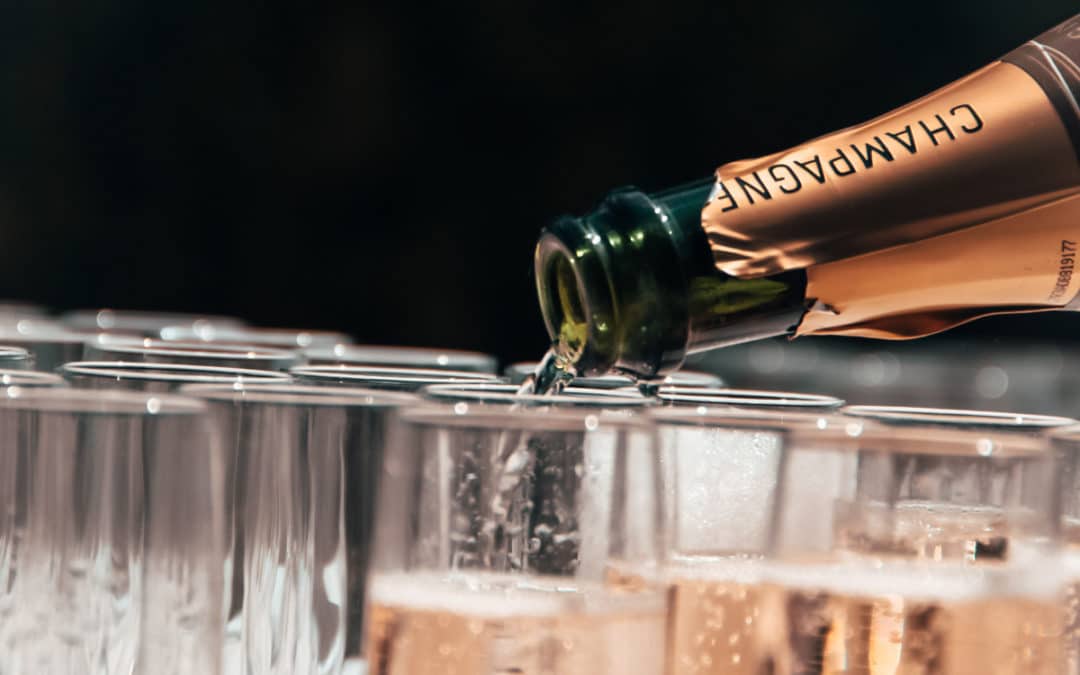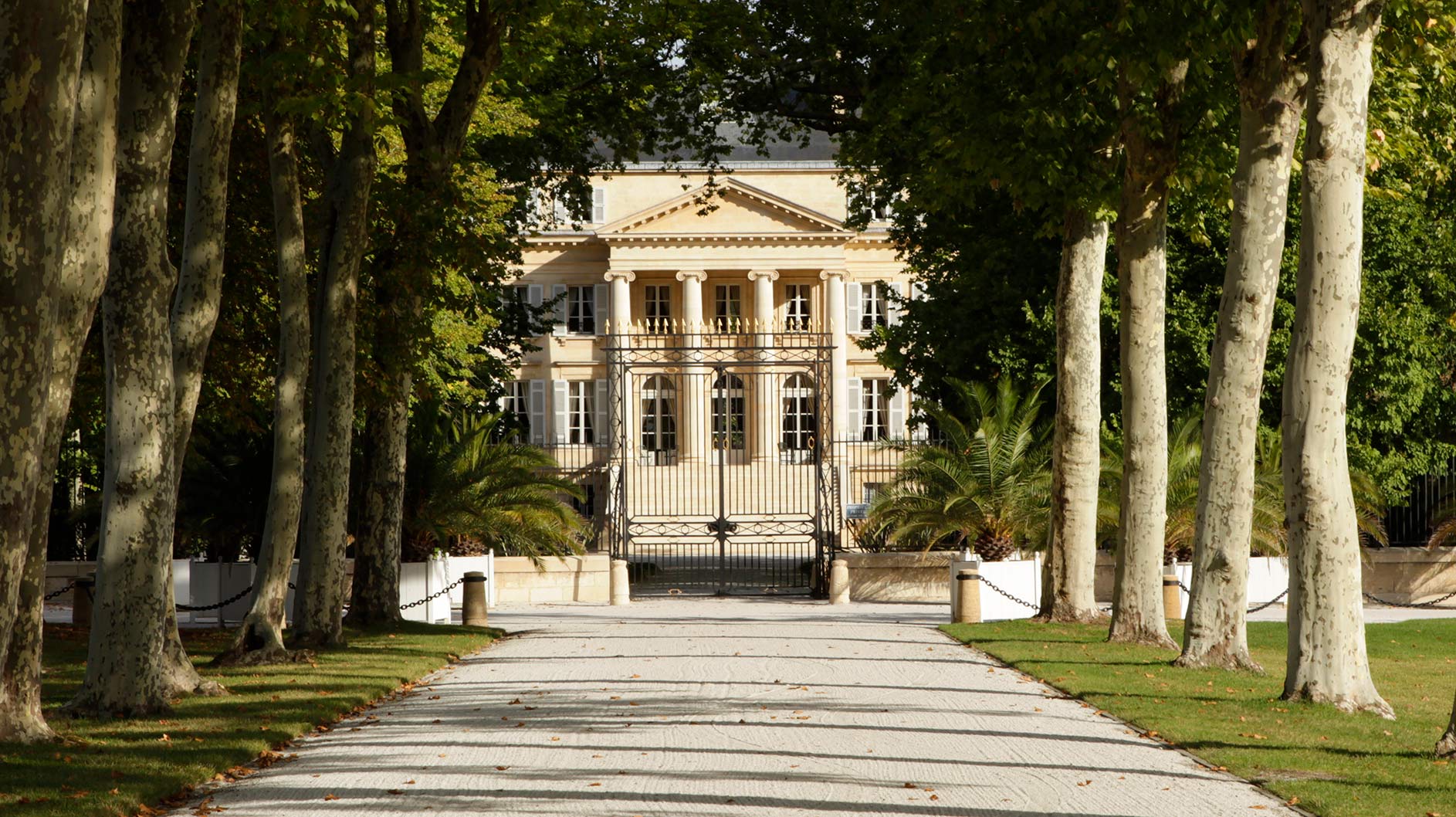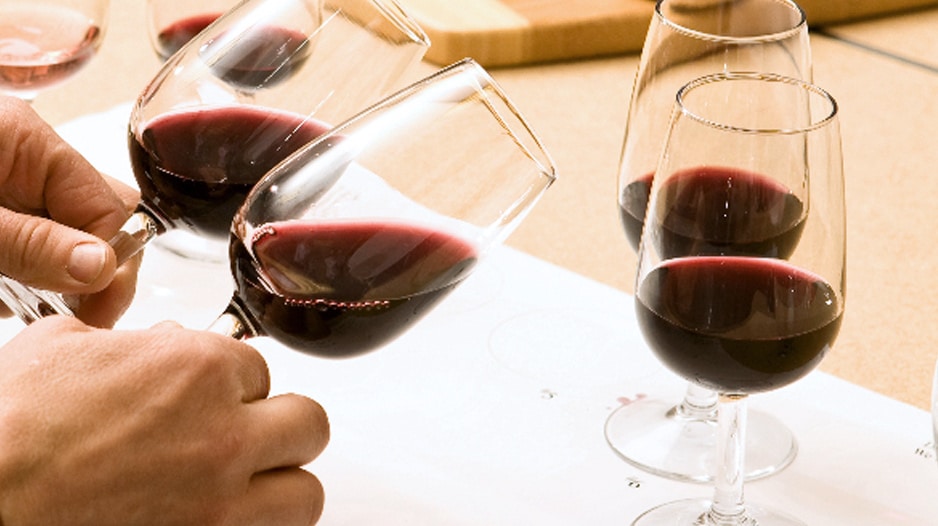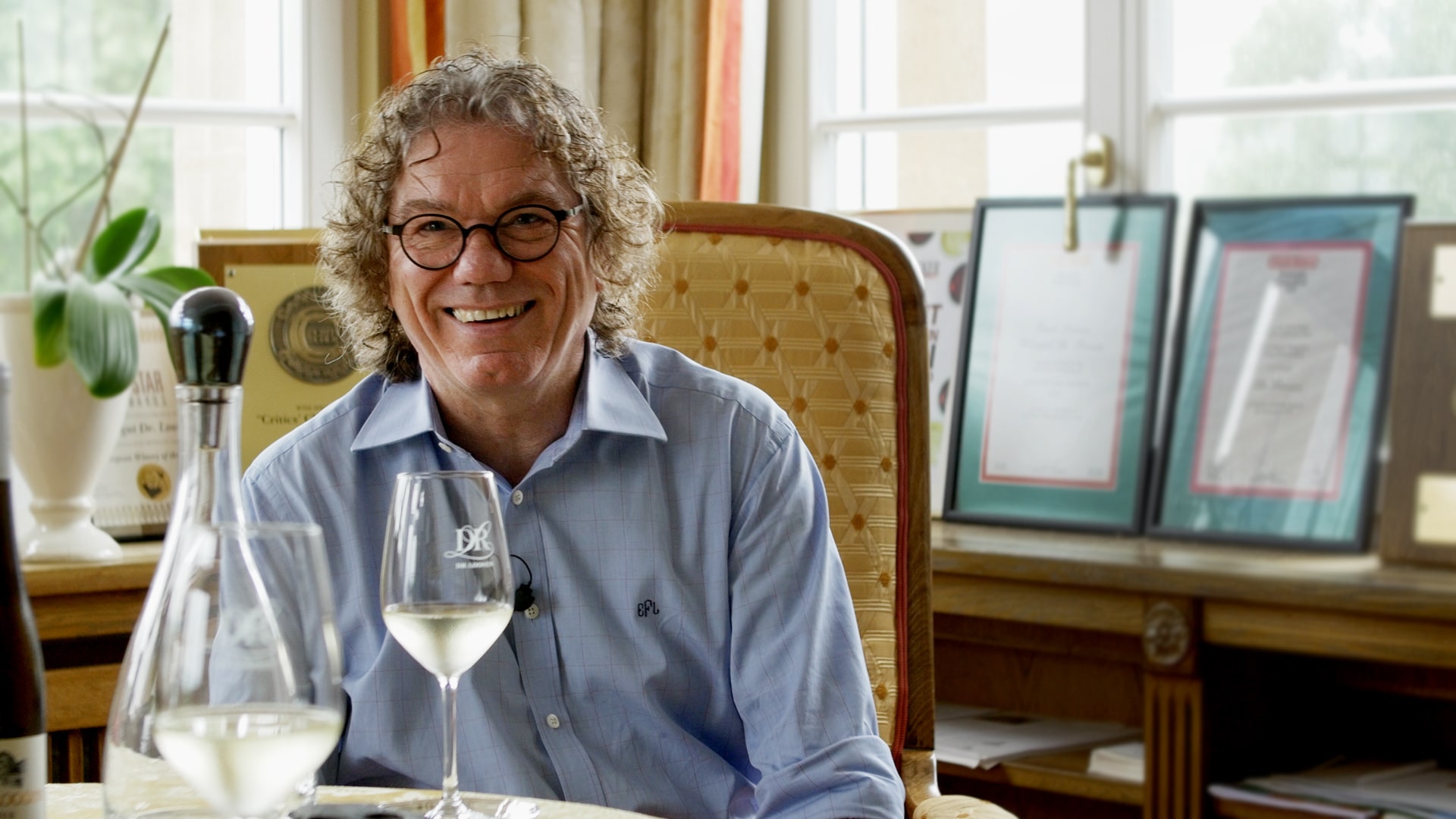Brut Nature, or Zero Dosage, is the most austere style of Champagne, with less than 3 g/L of residual sugar. The wines still should be balanced, but the acidity will no doubt be prominent. Louis Roederer, for example, only produces their Brut Nature in riper vintages like 2009, which perhaps don’t need to have their acidity softened by a dosage. These wines really do express a pronounced chalky minerality, which I think is a natural pairing for freshly shucked oysters. Especially salty, briny oysters like Malpeques from Prince Edward Island. And is there any better way to start a meal than with Champagne and oysters? I think not.
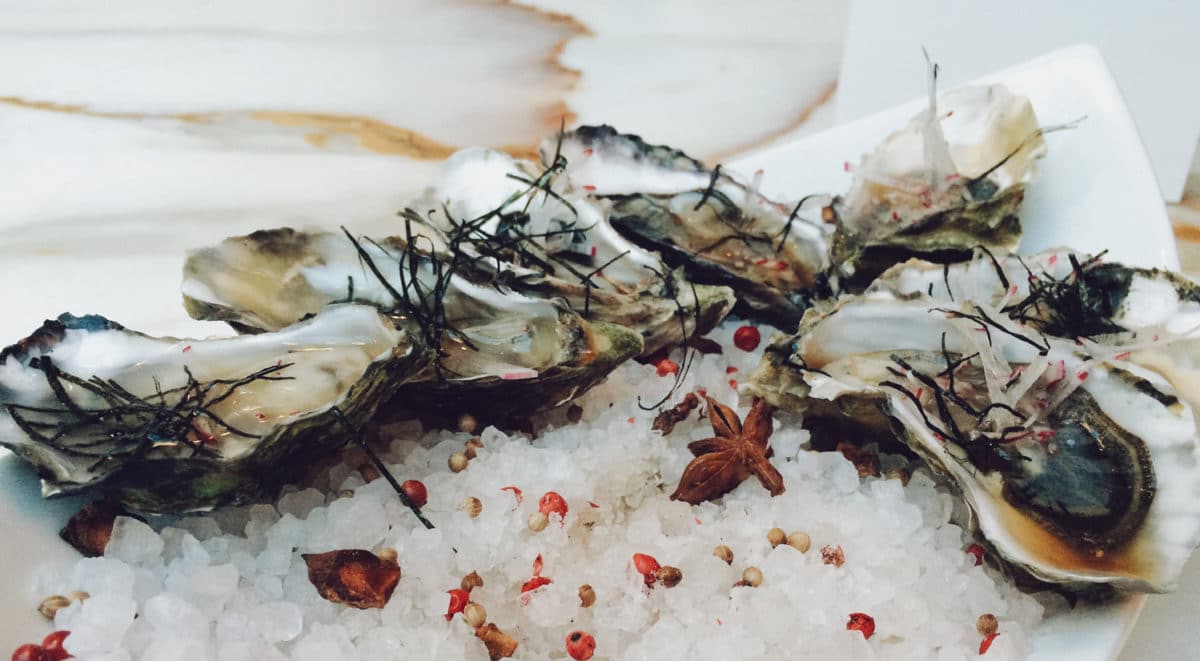
Brut is the most common style of Champagne, with the residual sugar falling between 0-12 g/L. The addition of a dosage is meant to balance the high acidity inherent to Champagne’s cool climate, and the wines still should finish dry. An archetypical Brut Champagne will likely be a blend of Chardonnay, Pinot Noir, and Pinot Meunier. However, there’s also a range of styles within this category.
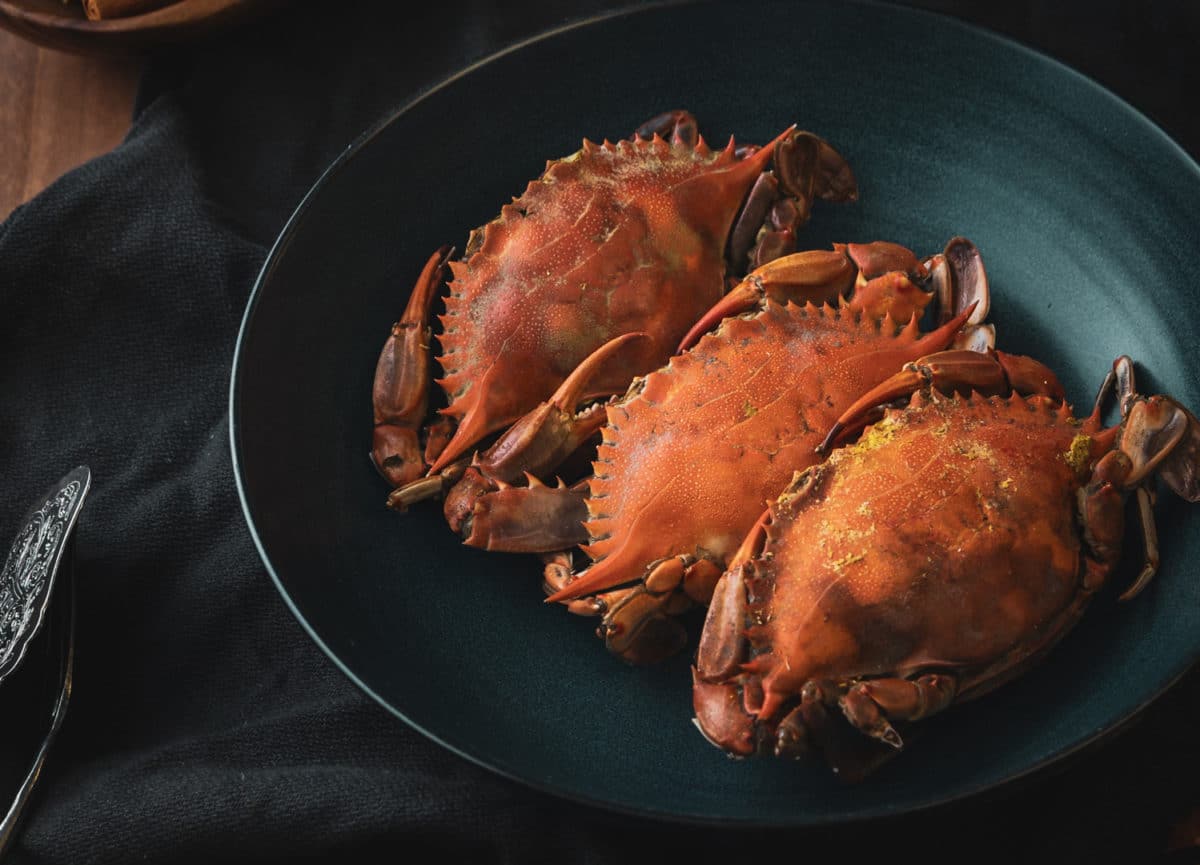
Blanc de Blancs is made entirely from Chardonnay – and results in some of the best expressions of Champagne. The wines are slightly lighter in style with crisp acidity and tart citrus fruits. If you let the bubbles dissipate, the top examples taste just like White Burgundy. It wouldn’t be wrong to take Blanc de Blancs in a shellfish direction. Fresh crab with gobs of butter will complement Blanc de Blancs that have gone through malolactic fermentation, which results in creamy dairy notes. This would be an example of a congruent pairing, where both the food and wine share similar flavour profiles.
However, remember that high acid wines also complement fatty foods. This doesn’t mean you have to run to your nearest fast food chain. Try a crispy pan-fried monkfish or, even better, buttermilk fried sweetbreads. The precision of a good Blanc de Blancs, like Ruinart for example, will cleanse your palate. And it may almost feel like you’re being healthy.
On the opposite end of the spectrum is Blanc de Noirs. Literally “white from reds,” Blanc de Noirs Champagne can be made from Pinot Noir and/or Pinot Meunier. These are generally among the richest expressions of Champagne with softer acidity and more emphasis on red fruits like strawberry or raspberry. Blanc de Noirs can also show earthy notes that make a good match with truffles or game meats, such as pigeon breast with roast leeks and wild mushrooms. Seriously – you have to try it.
Lastly, one of the most overlooked styles of sparkling wine is Demi-sec Champagne, which can range in sweetness from 32-50 g/L residual sugar. These wines have a perceptible sweetness, but that doesn’t make them any less serious. I generally lean towards fruit-based desserts that are not overly sweet – the wine should still be sweeter than the dessert – such as an apple tiramisu with mascarpone. But you wouldn’t go wrong with a cheese course, either. I like the sweet and salty contrast of a milder blue cheese with Demi-sec Champagne.
Given the versatility of Champagne across its various styles, I challenge you to organize a dinner with just Champagne – from start to finish. You’ll not only drink some great wines, but also have some memorable food and wine pairings. Enjoy.
